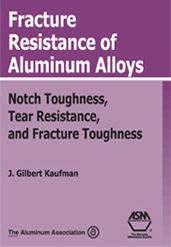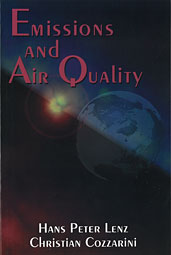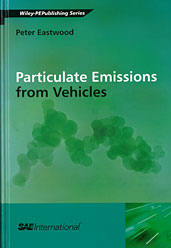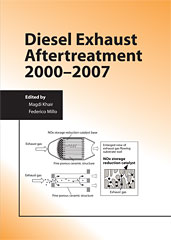Book

Fracture Resistance of Aluminum Alloys: Notch Toughness, Tear Resistance, and Fracture Toughness
2001-09-01
Fracture Resistance of Aluminum Alloys presents one of the most complete compendiums of notch-tensile, tear, and fracture toughness data ever compiled. Information and data are included for a wide range of aluminum alloys, tempers, and products (sheet, plate, extrusions, forgings, and castings). Typical and minimum plane-stress and plane-strain fracture toughness values are given for many high strength alloys. The effects of temperature are covered extensively, especially for the notch-tensile and tear data. Fracture data for welds as well as the parent alloys and products also are included.








